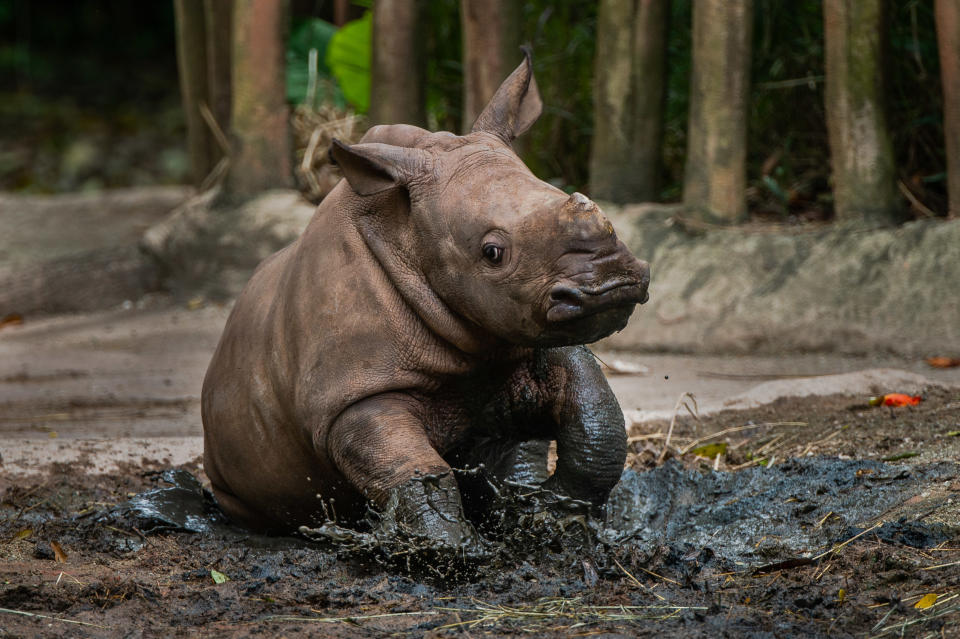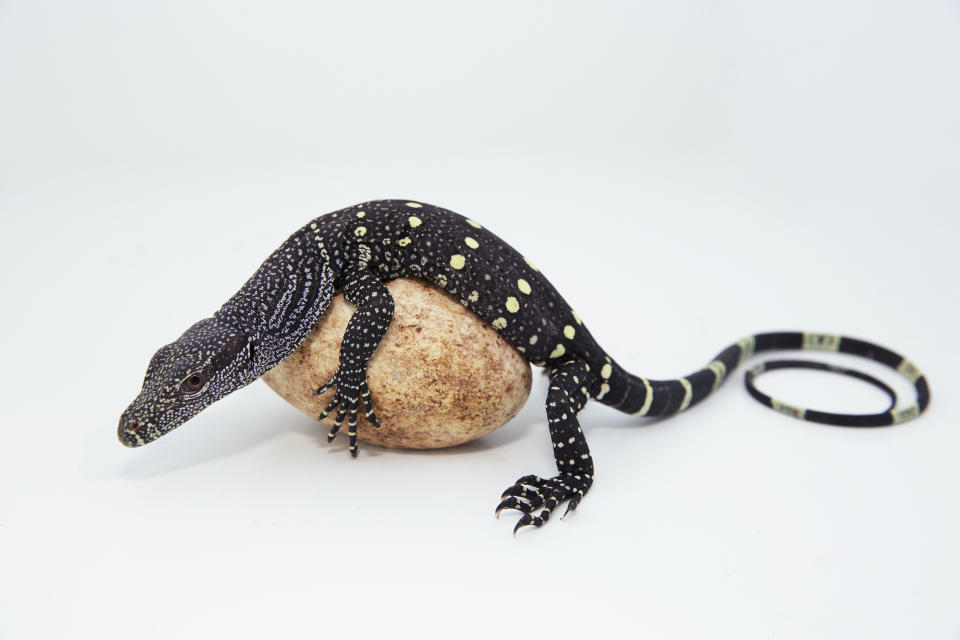660 newborns welcomed at Singapore's wildlife attractions last year

SINGAPORE — Hyacinth macaw chicks, a tapir calf, a giant anteater pup as well as a first-ever pair of crocodile monitor hatchlings – these were among over 660 newborns welcomed at the Wildlife Reserves Singapore’s (WRS) attractions last year.
The wildfire operator, which runs Jurong Bird Park, Singapore Zoo, Night Safari, and River Safari, said on Tuesday (18 February) that the figure comprised 121 species, of which 25 are listed as threatened under the International Union for the Conservation of Nature’s (IUCN) Red List of Threatened Species.
Among the endangered species welcomed last year included 36 Santa Cruz ground dove hatchlings at the Jurong Bird Park. In December 2018, the bird park became the first and only zoological institution to successfully breed the doves under human care.

The bird park also welcomed five hyacinth macaw hatchings, which are native to South America and listed as vulnerable, and three king penguin chicks.
Over at the Night Safari, the attraction saw its 31st Malayan tapir calf born on 25 July last year. Named Sutera, which means silk in Malay, the calf’s signature watermelon-like dappled coat has since transitioned into the two-toned coat that is distinct in adult tapirs.
Since 1991, a total of 14 tapirs from Night Safari and Singapore Zoo have been sent to other zoological institutions to boost populations under human care.
On 21 August last year, the River Safari welcomed its fourth giant anteater pup. Through public votes, it was named Estrella which means star in Spanish. The park also welcomed three West Indian manatee newborns, another vulnerable species. The park has bred 21 of the species so far.

Over at the Singapore’s Zoo, the attraction’s herpetology team welcomed its first-ever pair of crocodile monitor hatchlings in November last year, after two unsuccessful attempts.
“While breeding this species in captivity is already uncommon, these hatchlings are extra special in that both parents are themselves hatched under human care, which makes them the world’s first-second generation crocodile monitors to hatch in a zoo,” said the WRS of the species native to New Guinea.
The zoo welcomed a pair of red-shanked douc langur babies, bringing the park’s breeding record for the endangered species, native to Vietnam and Laos, to 33.
On 19 December last year, the zoo’s rhinoceros care team also welcomed a white rhinoceros calf. The two-month-old was named Dalia, a Swahili name meaning gentle and tender.
The zoo has bred 24 of its species, of which 17 have been sent to other zoological institutions in Australia, India, Indonesia, South Korea, and Thailand where they have started their own families.
More Singapore stories:
NSF fined $2,500 for flying drone in NDP restricted area
Former police officer jailed for assaulting helper, calling her 'pig' and 'dog'
Budget 2020: Singapore prepares S$6.4b for coronavirus relief measures and more


